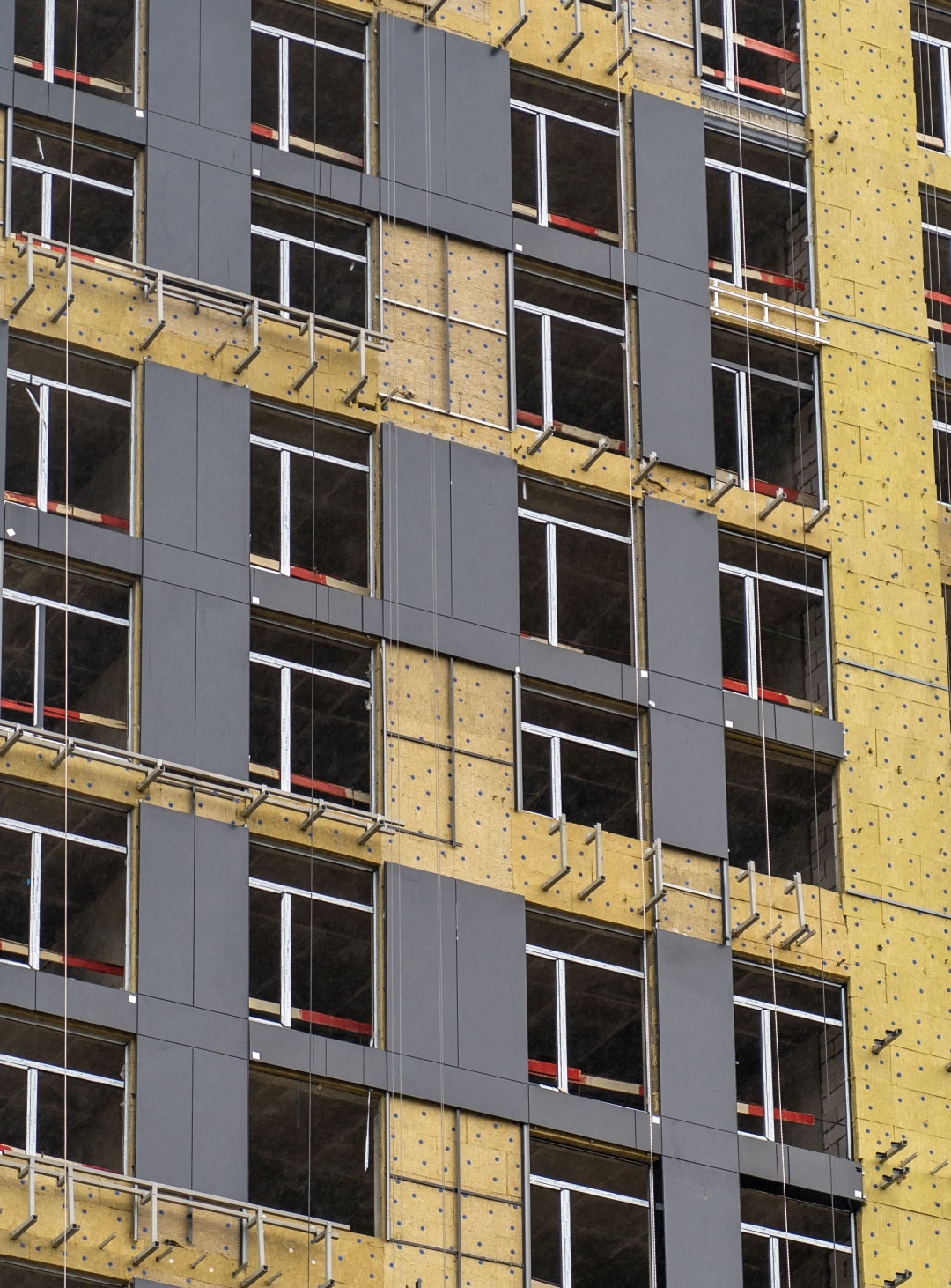
BIPV
July 12, 2023

In our ever-evolving world, sustainable energy solutions are gaining significant importance. One such innovation that combines green technology with architectural design is Building-Integrated Photovoltaics (BIPV). Building-integrated solar technology offers a unique opportunity to generate clean energy while seamlessly integrating solar panels into building materials. In this blog post, we will explore the concept of BIPV and its potential as a sustainable energy solution.
Building-Integrated Photovoltaics (BIPV) is a concept that involves seamlessly integrating solar panels or photovoltaic modules into the architectural elements of a building. Unlike traditional solar panel installations, where solar panels are mounted on rooftops or installed as separate entities, BIPV systems are designed to become an integral part of the building structure. This integration allows solar panels to serve a dual purpose - generate clean electricity and serve as functional building components.
BIPV systems are specifically designed to blend in with the overall architectural design of a building. By incorporating solar panels into building materials such as windows, facades, and railings, Building-Integrated Photovoltaics can seamlessly merge with the building's aesthetics, creating a visually appealing and cohesive design. In contrast, traditional solar panel installations can be seen as add-on components, which may not always complement the building's design.
BIPV systems go beyond just electricity generation. By incorporating solar panels into building materials, building-integrated solar technology serves multiple functions simultaneously. For example, solar facades can replace traditional building materials, acting as a protective layer and a power generator. Solar windows can provide natural lighting while harnessing solar energy. This functional integration enhances the overall performance and value of the building, making Building-Integrated Photovoltaics a versatile and efficient solution.
One of the main advantages of BIPV is its ability to enhance the visual appeal of buildings. By seamlessly integrating solar panels into the architectural elements, this solar technology offers a more aesthetically pleasing alternative to traditional solar installations. It allows architects and designers to incorporate sustainable energy solutions without compromising the overall design and beauty of the building.
BIPV maximizes the use of available space by utilizing already existing building components. By integrating solar panels into windows, facades, and other building elements, this technology eliminates the need for additional space for mounting solar panels separately. This is particularly beneficial in urban environments where space is limited.
Building-Integrated Photovoltaics contribute to improved energy efficiency by harnessing solar energy directly at the point of consumption. As solar panels are integrated into building materials, energy loss during transmission is minimized, resulting in higher overall energy efficiency. Additionally, the close proximity of BIPV systems to the building's electrical infrastructure enables more efficient energy utilization.
Integrating solar panels into building materials can provide long-term cost savings. By offsetting traditional building materials with building-integrated solar technology, the cost of solar panel installation and building materials can be combined, potentially reducing the overall project cost. Moreover, BIPV systems generate clean energy, reducing reliance on grid electricity and lowering utility bills, which leads to a high return on investment for the building owner over the lifespan of BIPV. Building-Integrated Photovoltaics present an exciting opportunity for architects, builders, and building owners to embrace sustainable energy solutions without compromising the aesthetics. With its multiple benefits and a positive environmental impact, building-integrated solar technology offers a win-win solution for clean energy generation and attractive architectural designs. And as technology advances, BIPV is expected to play a significant role in shaping the future of sustainable construction.
News & Articles

Mitrex is redefining retrofit projects with solar-integrated facades and railings. Explore real-world upgrades that combine sustainability, performance, and design.

Mitrex is redefining retrofit projects with solar-integrated facades and railings. Explore real-world upgrades that combine sustainability, performance, and design.

Mitrex panels excel in any climate, from Toronto’s snow to Dubai’s heat, ensuring reliable solar power with minimal maintenance.

Mitrex panels excel in any climate, from Toronto’s snow to Dubai’s heat, ensuring reliable solar power with minimal maintenance.

Mitrex BIPV panels stay clean and efficient with self-cleaning surfaces and durable coatings. Enjoy hassle-free solar power with minimal maintenance.

Mitrex BIPV panels stay clean and efficient with self-cleaning surfaces and durable coatings. Enjoy hassle-free solar power with minimal maintenance.